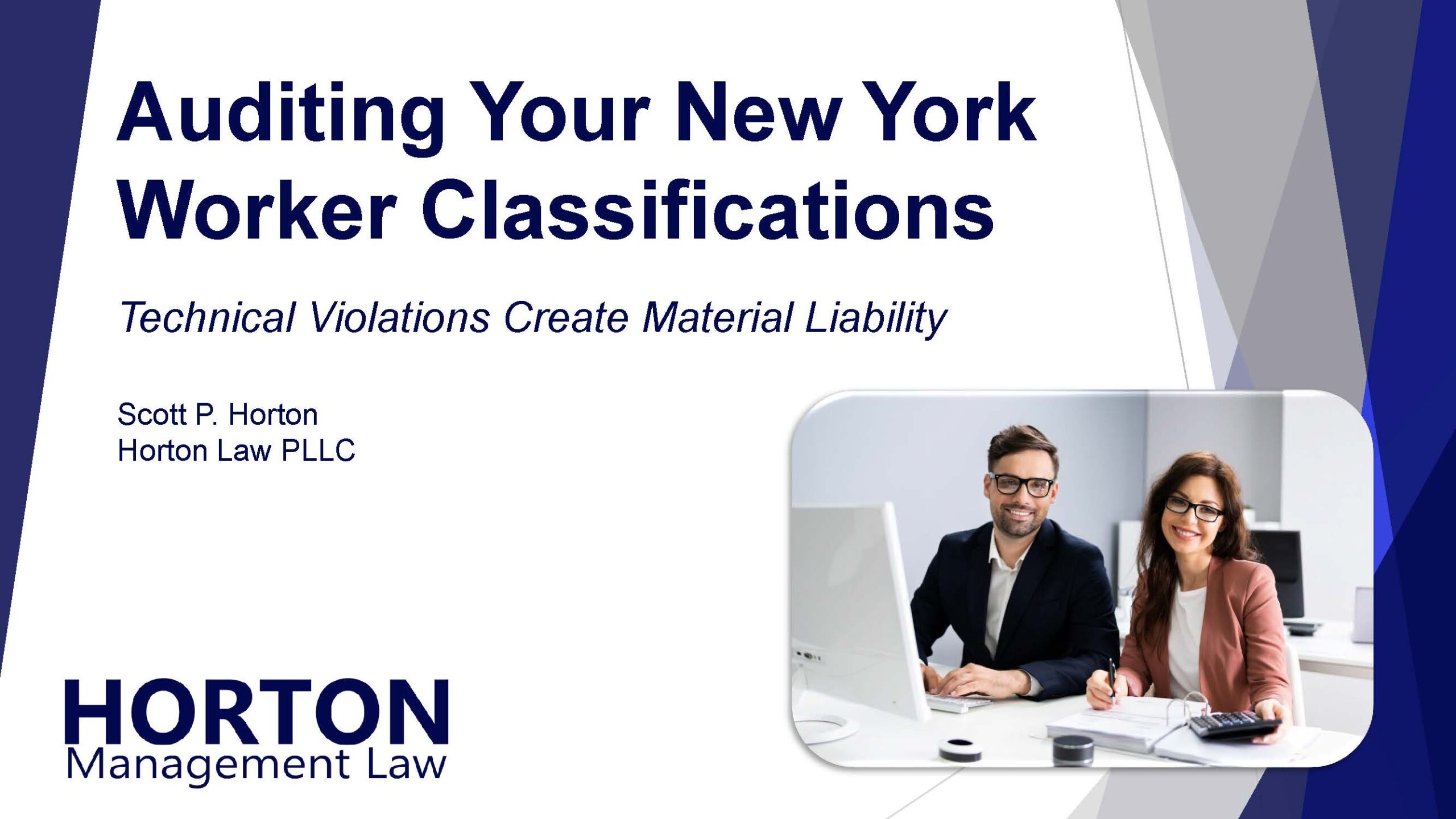Changes to New York’s minimum wage rates have been a hot topic during a contentious 2024 state budgeting process. With a budget deal now in place in Albany, Governor Kathy Hochul has announced future New York minimum wages beginning in 2024. The increases are not as high as some were proposing, which could have made New York’s minimum wage the highest of any state in the country.
Regional Distinctions
After some discussion of moving back to a uniform minimum wage across the entire state, future New York minimum wage rates will continue to vary geographically. In 2023, the minimum wage for New York City, Long Island (Nassau and Suffolk Counties), and Westchester County is $15 per hour. For the rest of the state, it is $14.20. (Note: Certain fast food employers are subject to a statewide $15 minimum wage.)
On January 1, 2024, the New York City-area jurisdictions will increase to a $16 minimum wage, and the rest of the state will move to $15.
These rates will increase again by $0.50 in both 2025 and 2026. Thus, the 2024-2026 New York minimum wage rates will be:
| 2024 | 2025 | 2026 | |
| NYC, Long Island, Westchester | $16.00 | $16.50 | $17.00 |
| Rest of NYS | $15.00 | $15.50 | $16.00 |
2027 and Beyond
After 2026, future New York minimum wage increases will occur based on the Consumer Price Index for Urban Wage Earners and Clerical Workers (CPI-W) for the Northeast Region. In other words, the minimum wage will be indexed to inflation. It appears that the NYC, Long Island, and Westchester minimum wage would always remain higher than the rest of the state since they’re all tied to the same index.
The New York State Department of Labor is expected to publish the new minimum wage for the subsequent year annually by October 1st.
Despite the indexing, the minimum wage rates would not change if:
- The CPI-W is negative;
- The statewide unemployment rate increases by 0.5% or more during applicable periods; or
- Total non-farm employment decreases (measured seasonally).
Overtime Exemption Thresholds
Higher minimum wage rates will also produce higher salary requirements to maintain the administrative and executive exceptions to New York’s overtime requirements. The increases in the salary thresholds should correspond to the same percentage increases in the applicable minimum wage. Accordingly, the anticipated salary thresholds through 2026 are shown below.
| 2024 | 2025 | 2026 | |
| NYC, Long Island, Westchester | $1,200.00 | $1,237.50 | $1,275.00 |
| Rest of NYS | $1,124.20 | $1,161.70 | $1,199.15 |
Other Affected Rates
Other wage rates contained in New York’s minimum wage orders would also increase with the higher future New York minimum wage. For example, the tip allowance for restaurant and hotel employees would be expected to increase (as would the amount that service employees must receive in direct wages from their employers).
Plan Ahead
Although some employers will struggle with the higher minimum wage rates, the 2024 budget resolution at least provides some certainty on this issue for the foreseeable future. Plus, the increases are well below the $21.00+ per hour minimums that some legislators sought. Although these rates could be changed by future legislative action, employers can now better project their labor costs through 2026, including where wage rates must be negotiated and potentially set for years in advance in unionized workplaces.

